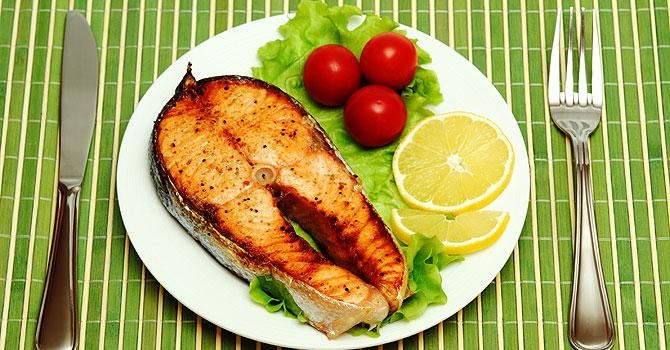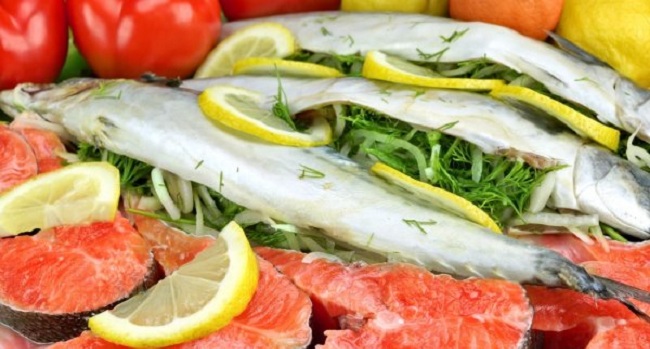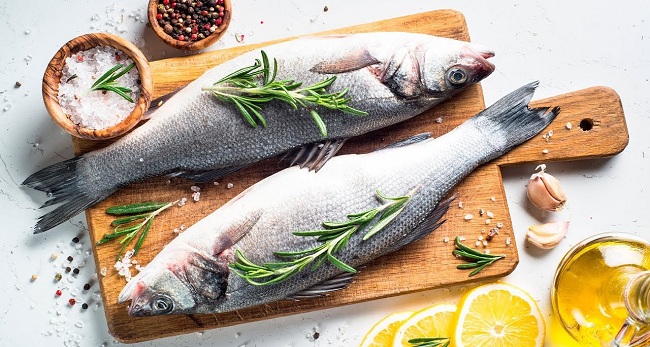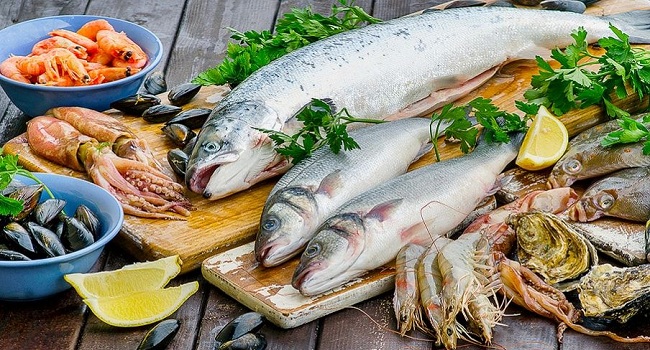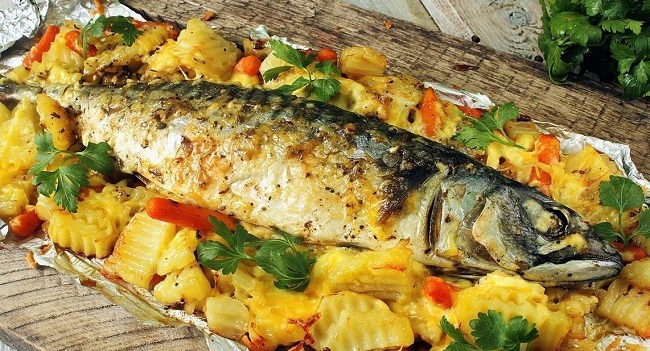It is rare to meet a person who does not like fried fish. Thanks to our tips, you can cook fish fast, tasty and hassle-free!
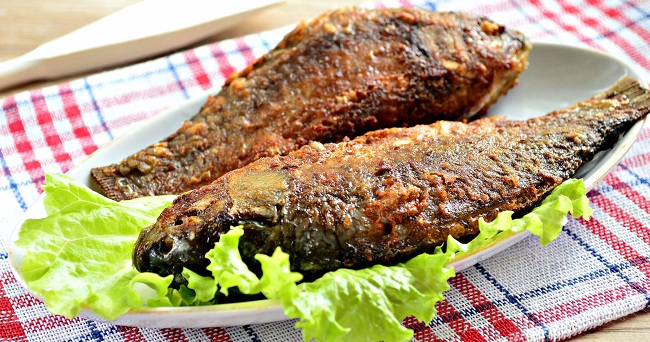
- Fish is fried, sprinkled with salt, pepper and breaded in wheat flour.
- Products from the cutlet mass are also breaded in silt breadcrumbs in white breading before frying.
- To give the fish a more delicate flavor, you can moisten it with cold milk before breeding.
- Put prepared fish in a frying pan or baking sheet with well-heated fat and fry on the stove until a crispy crust forms on both sides.
- If the portioned pieces of fish have not been fried during the formation of the crust, they are placed in the oven for 5-7 minutes.
- You can fry fish in vegetable lard, hydro fat, ghee or vegetable oil.
- From vegetable fats the best for frying fish in this way are sunflower oil, olive oil and refined cottonseed oil.
- Can be used for frying fish and melted pork lard.
- Beef and lamb fat for frying fish in this way is usually not used, since these fats are not in harmony with the taste of the fish.
- The total duration of frying portions of fish is 10 – 15 minutes.
- Deep-fried fish is mainly fried, cut into fillets with skin or bey skin and without rib bones. The exception is small fish (navaga, smelt, hamsa, etc.), which are fried whole.
- Before frying, fish is breaded in flour, moistened in an egg and breaded in breadcrumbs or white breading.
- For deep fat, you can use vegetable oil (sunflower, cottonseed), vegetable lard, hydro fat.
- The best fat for deep-frying fish is a mixture of 60% hydro-fat and 40% vegetable oil, 1 since such a fat does not change its chemical composition when heated to a high temperature, as a result of which, when frying it, chad is formed, and fried products are of higher quality.
- The ratio of fat and simultaneously fried product in it must be at least 2: 1; the best ratio is 4: 1.
- Before frying, the fat is heated to a temperature of 170 -180 °.
- Breaded fish is dipped into the heated fat and fried until golden brown.
- The fried fish is quickly removed from the deep fat, transferred to a dry baking sheet or frying pan and, if the fish has not reached readiness, put it in the oven.
- The fish is deep-fried for 3 to 5 minutes and cooked in an oven for 5 to 7 minutes.
- After three to four frying times, the fat sometimes needs to be filtered through a metal sieve, as the charred particles of the breading left over from previous frying impairs the appearance of the fried fish.
- It is recommended to fry the fish just before serving it to the consumer.


